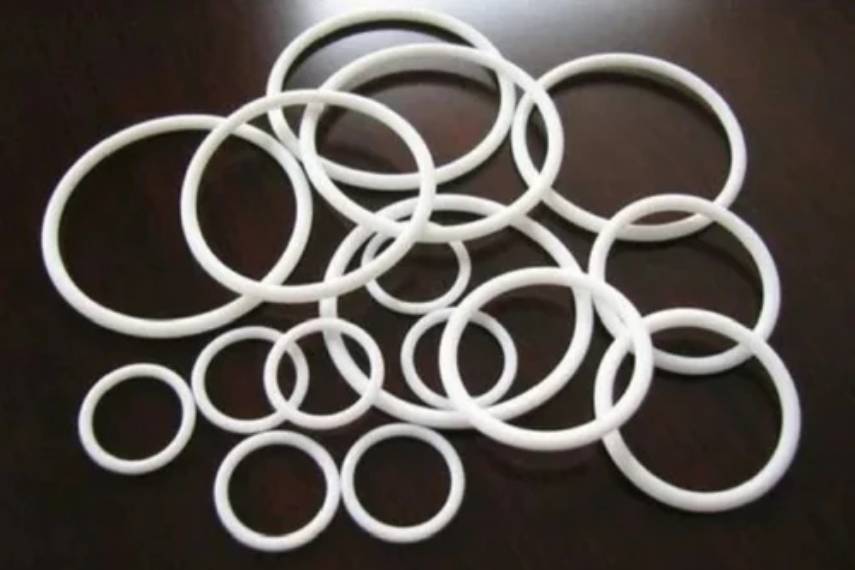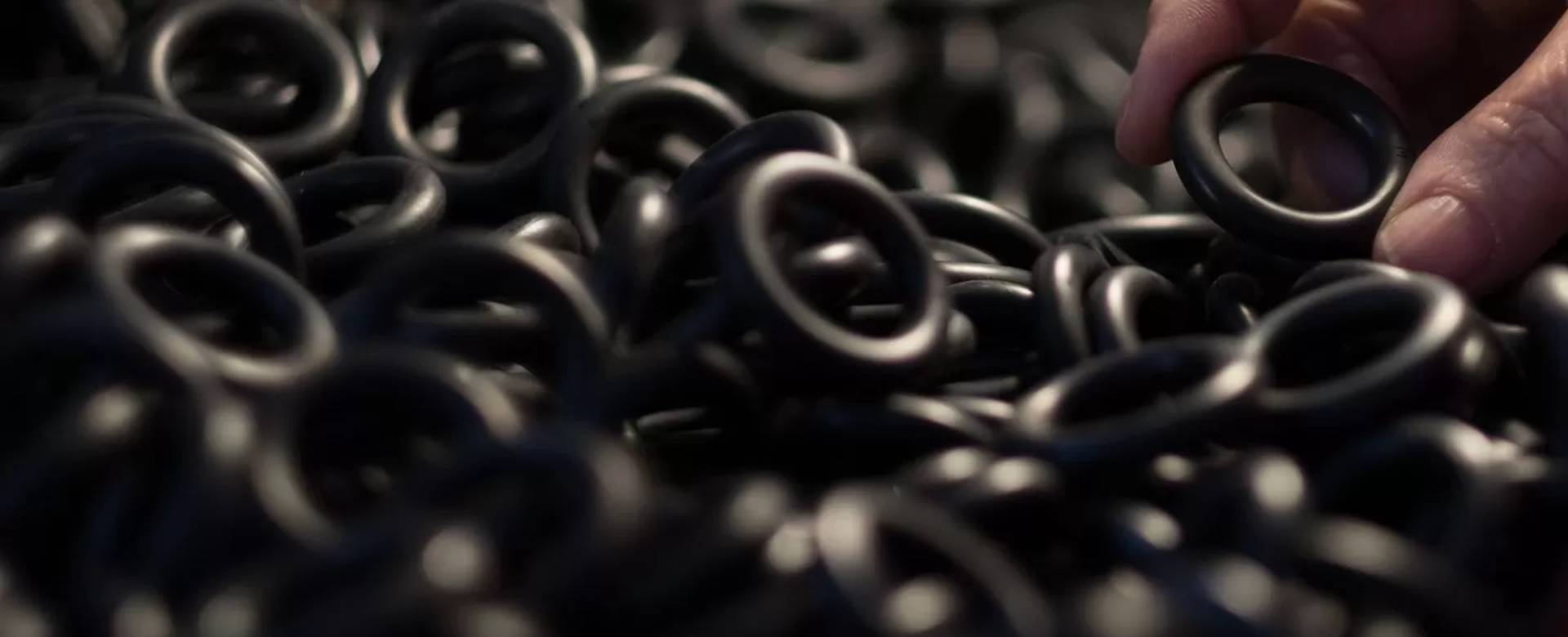
Rubber O-Rings: Versatile and Reliable Sealing Solutions
High-Quality Rubber O-Rings for Effective Sealing and Leakage Prevention
Rubber O-rings are small but mighty. They are round rubber seals designed to prevent fluids from leaking out. These tiny pieces have played a significant role in the manufacturing industry and many other sectors for many years. The origins of rubber O-rings can be traced back to the early 20th century, when they were developed to control oil leaks on trains. Fast forward to the present day, and they are an essential part of many industries.
Rubber O-rings are everywhere, and their significance cannot be overstated. They are simple, elegant solutions to complex problems. Despite their small size and simple design, they are a true example of how the smallest things can make the biggest difference.
Understanding Rubber O-ring
It's a round seal made of elastomer material, usually rubber. It's designed to fit snuggly into a groove and create a seal between two surfaces. O-rings come in all shapes and sizes, and are used to seal everything from pipes to engines. There are many types of rubber O-rings, each designed for a specific application. Some are made from silicone for high-temperature environments, while others are made from Viton for harsh chemical environments. The choice of O-ring material depends on the application requirements.
Uses of Rubber O-ring
- Automotive industry
- Manufacturing industry
- Chemical industry


Benefits of Rubber O-ring
Rubber O-ring is an essential component used in various industries. It offers a myriad of benefits that have made it a reliable choice in these industries. Firstly, Rubber O-rings are highly durable. The material used in manufacturing them is resilient and can withstand harsh environments, making them perfect for heavy-duty applications. In addition to durability, Rubber O-rings are also cost-effective. They are an economical choice as they are inexpensive compared to other sealing solutions. This feature makes them the first choice in industries where cost is a consideration.
How to Choose the Right Rubber O-ring
When choosing an O-ring, there are a few key factors to consider. The material of the O-ring is important, as different materials offer different benefits and drawbacks. The size of the O-ring is also important, as it needs to fit snugly in the equipment without too much wiggle room. Finally, the application requirements need to be considered, such as the temperature, pressure, and chemical exposure that the O-ring will face. By taking a thoughtful and thorough approach to O-ring selection, you can ensure optimal performance and durability in your equipment.

